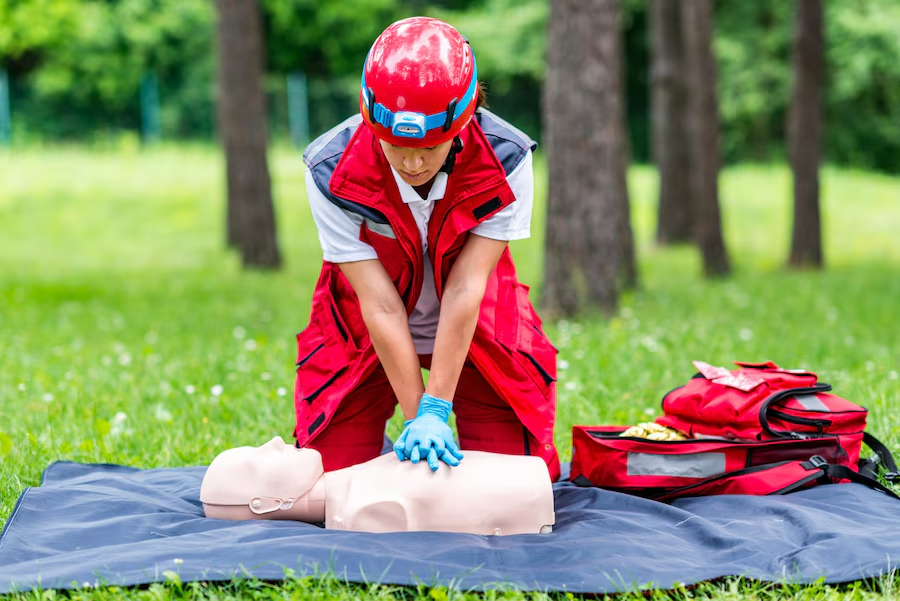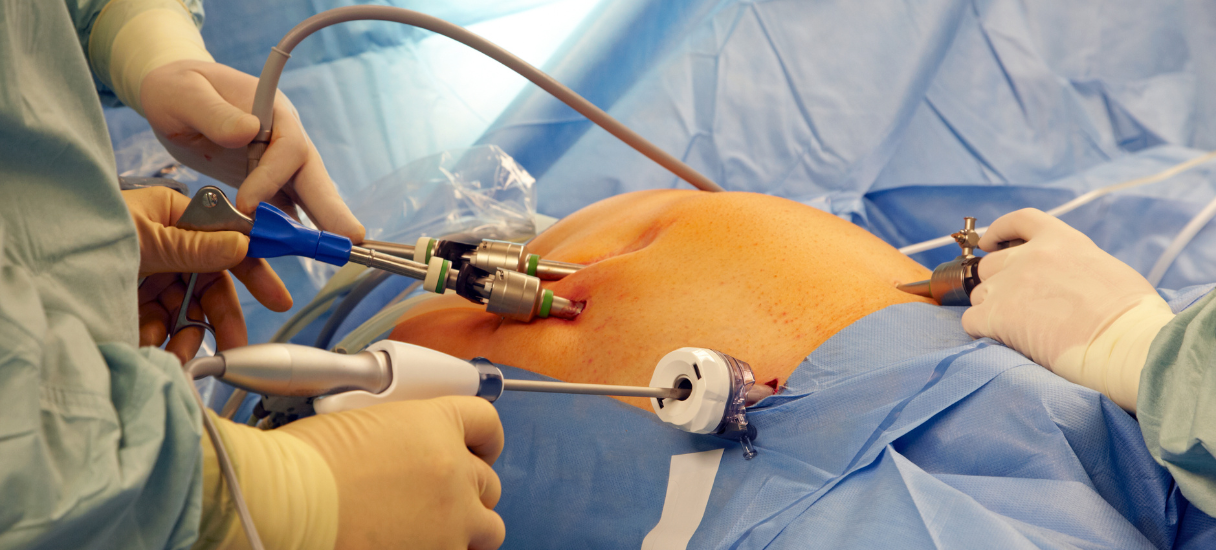Introduction
First aid training is essential for workplace safety and serves as a life-saving skill when professional help is not nearby. One of the benefits of this training is not only keeping oneself safe but also gaining the confidence and knowledge needed to handle accidents and medical emergencies correctly. According to research, over 200,000 people die from sudden cardiac arrest every year, and nearly 50,000 of these deaths can be prevented through first aid and CPR training. In this blog, we will explore the essential skills you gain through the training and how they empower you to act decisively and effectively when it matters most.
Important skills to learn in First Aid Training
Basic first aid training covers essential skills such as assessing an injured person, bracing wounded limbs, and applying direct pressure to control bleeding. Until medical specialists arrive, emergency care is provided based on this core understanding. The following are the skills you will learn in this training.
- Cardiopulmonary resuscitation (CPR)
First aid training is essential and incomplete without addressing CPR, a life-saving technique crucial in emergencies like cardiac arrest and drowning. CPR involves chest compressions and rescue breaths to maintain blood circulation and oxygenation. Rescue breaths are the initial step in providing medical assistance.
- Basic Wound Care and Bandaging
Mastering the ability to clean and dress wounds properly is crucial for reducing infection risks and promoting natural healing. The primary objective of first aid instruction is to teach individuals how to assess the severity of injuries, apply appropriate bandages correctly, and immobilize injuries to minimize further harm. Proficiency in these fundamentals ensures that injuries are effectively managed before medical professionals intervene.
- Recognition of Medical Emergencies
The training enhances the ability to recognize common emergencies. A first aider must recognize the signs and symptoms of conditions like heart attacks, strokes, and allergic reactions. Prompt action and early intervention can significantly impact a patient’s outcome. The course emphasizes the importance of swiftly assessing the situation and taking necessary actions, empowering individuals to be proactive responders during critical moments.
- Choking Relief Procedures
Knowing how to assist a person who is choking can prevent a potentially life-threatening situation from worsening. This training teaches individuals how to aid adults, children, and infants with obstructed airways using abdominal thrusts or the Heimlich maneuver. Practicing these techniques familiarizes participants with effective measures that ensure prompt treatment of choking emergencies through three key interventions: clearing the airway, providing fluids, and seeking emergency medical assistance.
- AED (Automated External Defibrillator) Usage
AEDs are devices used to administer an electric shock to restore the heart’s normal rhythm and potentially prevent sudden cardiac arrest. Knowing how to use an AED improves the emergency response chain, empowering people to save lives until professional aid arrives. Management of Burns and Scalds
The initial steps in first aid are crucial for alleviating pain and preventing complications when someone suffers burns or scalds. The training provides information on various types of burns and how to treat affected areas, such as applying cool water and maintaining sterility. These skills are essential for promptly assisting the person and contacting healthcare professionals for further medical intervention.
- Responding to Environmental Emergencies: Essential First Aid Techniques
From heat strokes to hypothermia, first aid certification educates participants to recognize and administer first aid to individuals experiencing environmental emergencies. Knowing how to stabilize a victim’s condition in extreme hot and cold temperatures and when to seek additional assistance ensures comprehensive care even in adverse weather conditions.
- Communication and Emergency Action Plans
Communication is crucial for handling crises. Teaching basic communication skills helps individuals understand the importance of clear communication with emergency services, bystanders, and the injured person. It also facilitates emergency planning, enabling coordinated efforts to ensure safety and provide care.
Conclusion
First aid training benefits more than one person. Essential skills such as CPR, bleeding control, AED use, and environmental emergency care allow people to respond correctly to critical situations. This training enhances personal readiness and helps create safer environments and communities.
Always remember that honing these important abilities is not only for self-betterment but also for rescuing someone in need.





